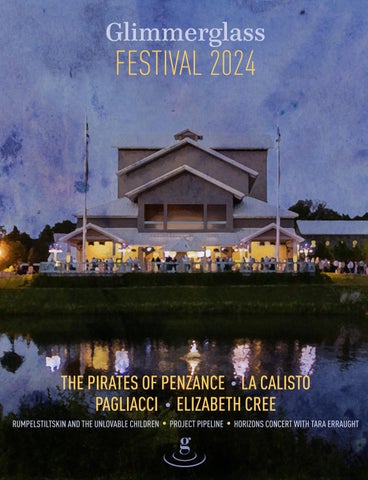
“Mark Thomas Gibson’s Overture Exhibition Opens at the Berman Museum of Art, Ursinus College”

### Mark Thomas Gibson’s *Overture*: Examining Identity, Power, and Protest Through Art
The intersection of identity, power, and cultural representation often serves as fertile ground for artists who seek to critique societal structures and narratives. Mark Thomas Gibson, a contemporary American artist, delves deeply into these themes in his latest multimedia exhibition, *Overture*. Hosted by The Philip and Muriel Berman Museum of Art at Ursinus College in Philadelphia, the exhibition runs through April 6 and confronts the political and cultural tensions of contemporary society through an evocative synthesis of visual mediums, narrative techniques, and immersive environments.
Central to *Overture* is Gibson’s exploration of historical memory, collective trauma, and the ongoing pursuit of justice — a theme rendered especially poignant against the backdrop of today’s shifting political landscape. Blending elements of graphic novel art, Surrealism, and Symbolism, Gibson crafts a visual language that unsettles and challenges conventional narratives of US history. By doing so, he invites audiences to peel back the layers of dominant ideologies, paving the way for deeper dialogue on questions of power, protest, and representation.
—
### *Overture*: A Multimedia Experience
This dynamic exhibition opens with selections from Gibson’s *Town Crier* series, a body of work that takes the form of collages centered on a fictional narrator who comments on national and global political events. This series exemplifies Gibson’s ability to fuse contemporary commentary with historical echoes, creating a bridge between the past and present in his critique of power structures.
The museum’s main gallery transforms into a fully immersive environment showcasing multiple facets of Gibson’s practice. Here, visitors encounter five large-scale paintings that stand as striking compositions of color, movement, and symbolism. Gibson also debuts his first hand-drawn animated film, a significant milestone in his career. Accompanied by an original score, the film provides a heightened multisensory experience that invites viewers to feel the urgency of the themes Gibson addresses.
Through its choreography of visual and auditory sensations, *Overture* positions itself as more than an exhibition — it’s a call to action. The combination of painting, animation, and sound envelops the audience, encouraging them to look deeply, reflect critically, and consider their role as participants in addressing inequities and injustices in society.
—
### Revisiting and Reclaiming American History
Mark Thomas Gibson has often referred to himself as an “American history painter,” and his influences point to a lineage of storytelling and social critique within the tradition of American art. Drawing inspiration from artists like Kerry James Marshall, whose work interrogates Black representation in Western art, and the ironic subversion of painter and cartoonist Philip Guston, Gibson’s work exists at the intersection of deep historical engagement and pointed satire.
Other significant influences include 19th-century political cartoonists like Thomas Nast, who used satire to challenge corrupt systems, and colonial artist John Singleton Copley, known for his depictions of American revolutionary figures. By fusing these historical references with contemporary aesthetics borrowed from graphic novels and caricature, Gibson builds a narrative vocabulary that is as accessible as it is subversive. This fusion allows him to interrogate enduring power dynamics in the United States while injecting a dose of visual play and provocation.
Particularly in *Overture*, this dynamic blend manifests in Gibson’s use of caricature and symbolism. These elements highlight the absurdities and contradictions of American sociopolitical structures while critiquing the racial, economic, and cultural hierarchies encoded within them. Whether through his animated film or large-scale paintings, Gibson’s work acts as a mirror, reflecting how historical narratives inform current events while challenging audiences to rethink their understanding of those narratives.
—
### The Role of Responsiveness in Art and Democracy
One of the most profound aspects of *Overture* is its intersection with civic responsibility. Gibson’s works encourage viewers to think critically about their role in the “unfinished work” of democracy — a concept rooted in the idea that the United States has yet to reckon fully with its ideals of equality and justice for all. By examining systems of oppression and symbols of resistance, Gibson provides a lens through which audiences can contemplate their own responsibilities as citizens in a democracy that remains a work in progress.
The titular concept of *Overture* itself suggests a beginning, an opening that demands attention and action. Whether exploring the fictional commentary of the *Town Crier* or becoming immersed in the kinetic dynamism of the animated film, visitors don’t merely observe Gibson’s work — they are prompted to engage deeply with its themes and consider how those concepts intersect with their own lives and communities.
—
### Accompanying Scholarship and Collaboration
To further explore the critical themes of Gibson’s work, a supporting publication complements the *Overture* exhibition. This publication examines his unique visual language, his interest in caricature and cartoons, and the historical and contemporary influences that shape his *